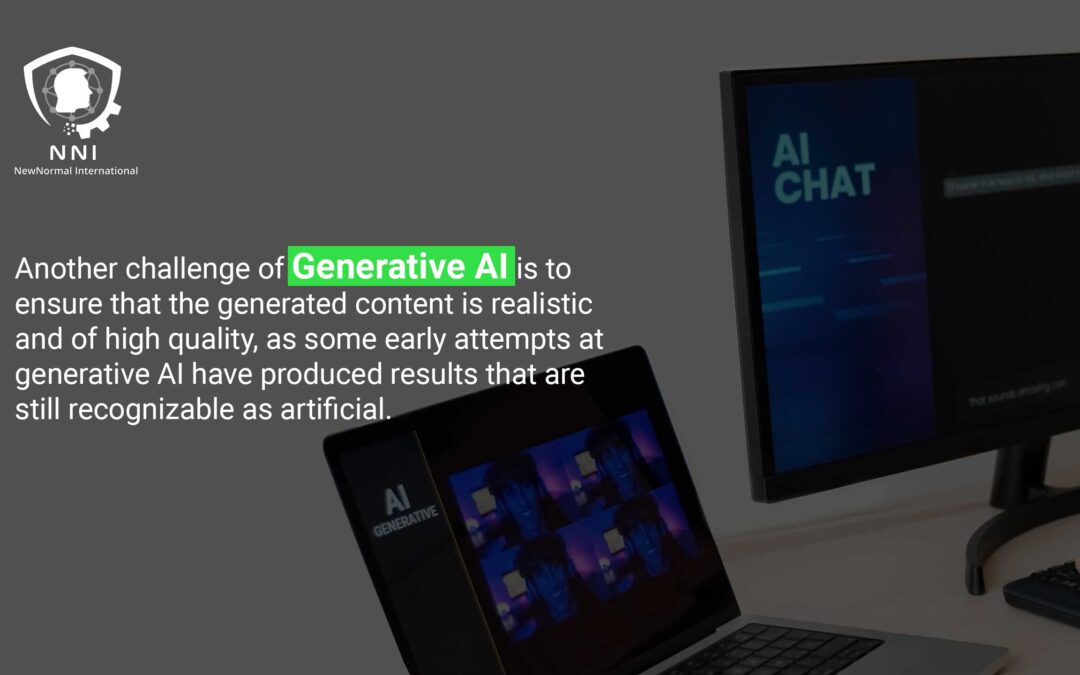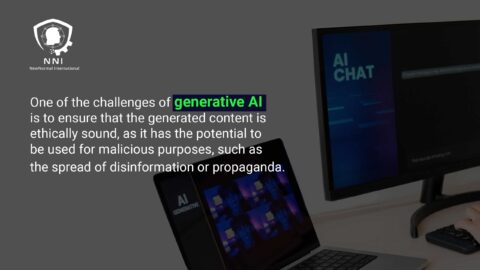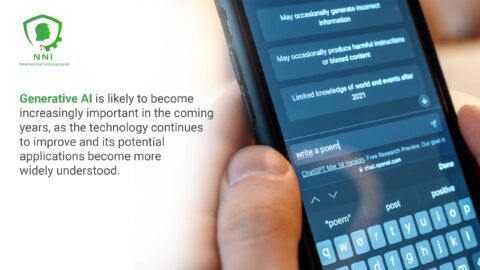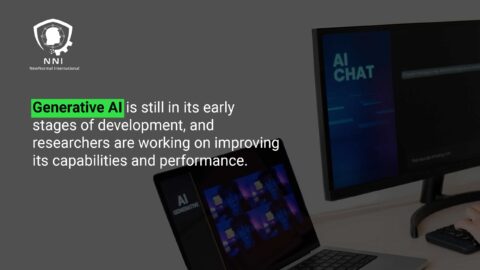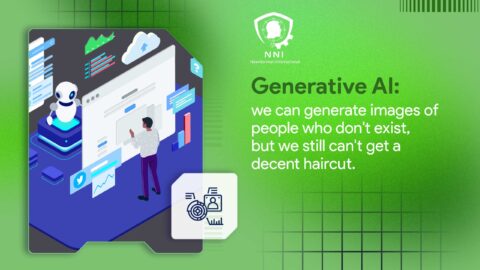Advancing Generative AI: Striving for Realism and Quality
Overcoming Challenges posed by Generative AI smartly, businesses can adopt the following strategic approaches Establish a culture of continuous learning to empower teams with the skills needed to adapt to the evolving landscape of Generative AI. Regular training programs and upskilling initiatives can enhance the workforce’s capability to engage with and oversee AI-generated content effectively.Implement robust quality control mechanisms to evaluate and refine the output of Generative AI continually. This may involve the use of human oversight, advanced algorithms, and feedback loops to ensure that the generated content meets the desired standards of realism and quality.
The Realism Imperative Overcoming Challenges in Generative AI
The quest for realism in Generative AI is pivotal for its successful integration into various industries. Business leaders, mid-level managers, and entrepreneurs must grapple with the challenge of ensuring that the content generated by AI systems mirrors the authenticity of human-created content. Achieving this realism imperative requires a multifaceted approach that encompasses technological advancements, change management strategies, and effective executive coaching.
Executive Coaching Services: Nurturing Realism in Leadership
Executive coaching services play a vital role in nurturing leadership qualities essential for navigating the realism challenges in Generative AI. Leaders must develop a nuanced understanding of how to leverage AI to create content that resonates authentically. Executive coaching guides leaders in honing the skills necessary to oversee realistic AI integration, fostering an environment where the technology enhances, rather than detracts from, the quality of content.
Effective Communication: Bridging the Realism Gap
Effective communication becomes a linchpin in bridging the realism gap in Generative AI. Mid-level managers assume a crucial role in disseminating information about the realistic capabilities of AI-generated content. Crafting communication strategies that highlight the strides made in achieving realism ensures stakeholders are well-informed and instills confidence in the organization’s commitment to high-quality content creation.
Quality Assurance in Generative AI
Quality assurance takes center stage as businesses confront the challenge of ensuring Overcoming Challenges for Generative AI .produces results that are indistinguishable from human-created content. The fusion of leadership and management skills with technological advancements becomes imperative for achieving a seamless blend of realism and high quality in AI-generated outputs.
Management Consulting Insights: Elevating Quality Standards
Management consulting firms provide invaluable insights into elevating quality standards in the realm of Generative AI. Consultants work collaboratively with businesses to establish robust quality assurance frameworks, ensuring that AI-generated content meets and exceeds industry standards. By integrating these insights, organizations can embrace Overcoming Challenges .Generative AI with confidence, knowing that the content it produces aligns with the highest quality benchmarks.
Project Management Best Practices: Setting the Bar for Realistic Outputs
Project managers play a pivotal role in setting the bar for realistic outputs in Generative AI projects. Adhering to project management best practices ensures that teams remain focused on achieving not only the desired realism but also maintaining consistently high-quality standards throughout the project lifecycle. Rigorous project management becomes the cornerstone of success in the dynamic landscape of Generative AI.
Realism and Innovation: A Symbiotic Relationship
While the challenge of realism in Generative AI may seem daunting, it is essential to recognize that achieving realism is intricately linked to fostering innovation. As businesses overcome the hurdles of recognizable artificiality in AI-generated content, they open new avenues for creative expression and problem-solving. Realism becomes not just a challenge but a catalyst for pushing the boundaries of what Generative AI can achieve.
Risk Management Strategies: Mitigating the Risks of Recognizable Artificiality
Risk management strategies take on heightened importance in mitigating the risks associated with recognizable artificiality in Generative AI outputs. Identifying potential pitfalls and implementing proactive measures ensures that organizations navigate the realism challenge with resilience. By integrating risk management into the AI implementation process, businesses safeguard against the negative impacts of content that falls short of realistic standards.
Conclusion: Balancing Realism and Quality in Generative AI
In conclusion, the challenge of ensuring realistic and high-quality content in Generative AI is a testament to the evolving nature of technology. Business executives, mid-level managers, and entrepreneurs must embrace this challenge as an opportunity to elevate their creative outputs. Through effective change management, executive coaching services, and a commitment to innovation, organizations can navigate the complexities and Overcoming Challenges of Generative AI, ensuring that the content it generates not only meets but exceeds the expectations of realism and quality. Another challenge of Generative AI is to ensure that the generated content is realistic and of high quality, as some early attempts at generative AI have produced results that are still recognizable as artificial.


